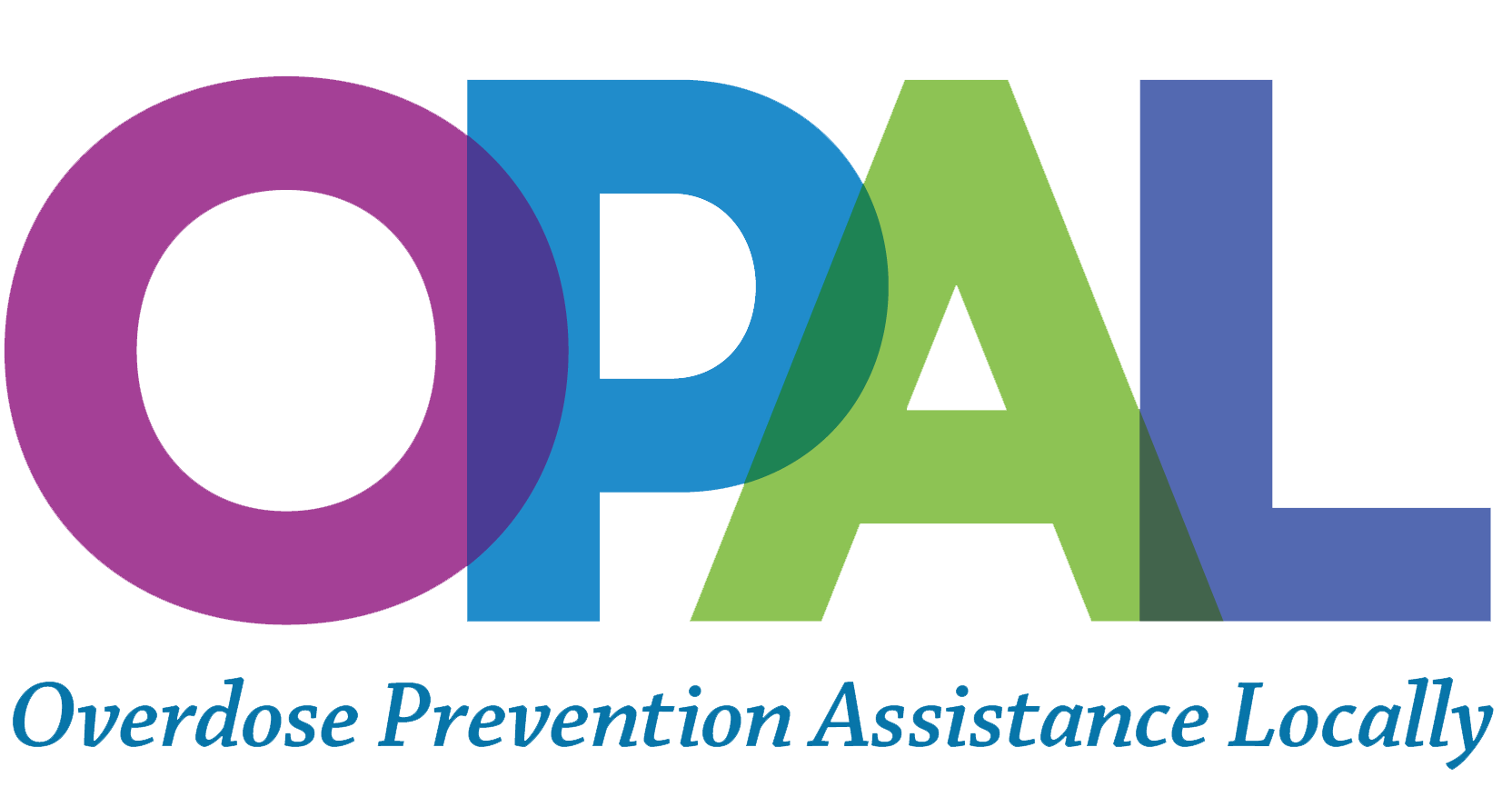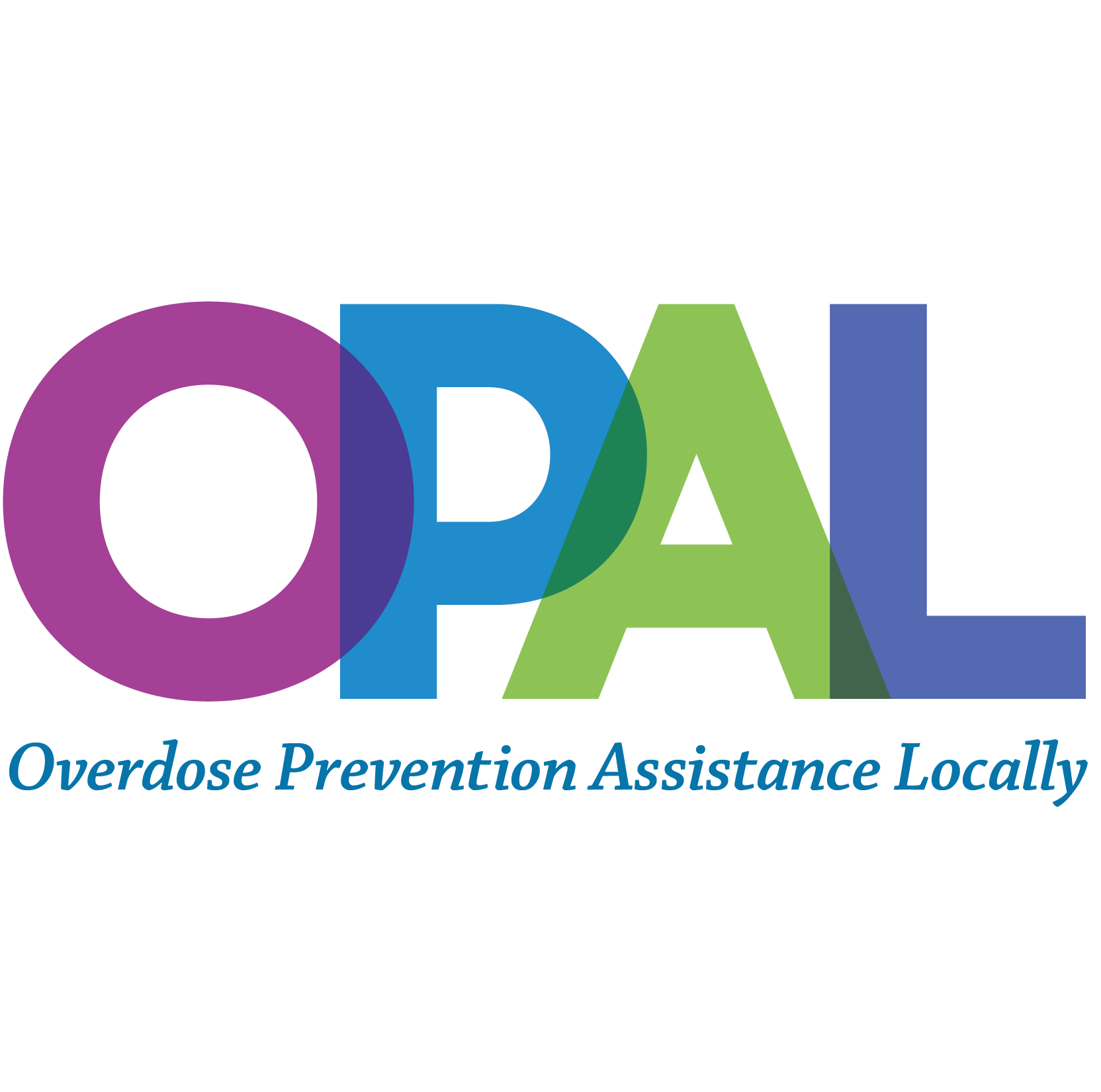WHAT IS NALOXONE AND HOW DOES IT WORK?
Opioids slow down the activity of the central nervous system. One effect of this is slowed or stopped breathing which could lead to death. Naloxone knocks the opioids out of the opioid receptors in the brain which allows the person who is experiencing an opioid overdose to begin breathing normally.
WHAT IS THE DIFFERENCE BETWEEN NALOXONE AND NARCAN?
Naloxone is a medication designed to reverse an opioid overdose, naloxone is the active ingredient in Narcan. Narcan is the brand name of the generic drug naloxone. Naloxone is available through a nasal spray such as Narcan, and intramuscular injection.
WHAT ARE OPIOIDS?
- Opioids are a class of drug derived from the opium poppy plant.
- Opioids are chemically related and interact with opioid receptors in the brain to produce pleasurable effects and relieve pain.
ISN’T WHAT YOU’RE DOING ILLEGAL?
Online ordering and mail-delivery is widely used for a range of health services and products. Leveraging these tools for harm reduction services would widely expand the research of naloxone to underserved areas. The Wolf administration approved under the Pennsylvania standing order that community-based organizations can provide naloxone by mail.
ACT 139
Senate Bill 1164 was signed into law in late Sept. as Act 139 of 2014. This legislation allows first responders including law enforcement, fire fighters, EMS or other organizations the ability to administer a medication known as naloxone, a life-saving opioid reversal medication, to individuals experiencing an opioid overdoes. The law also allows individuals such as friends or family members that may be in a position to assist a person at risk of experiencing an opioid related overdose to obtain a prescription for naloxone. Additionally, Act 139 provides immunity from prosecution for those responding to and reporting overdoses.
Through the ‘Good Samaritan’ provision of Act 139, friends, loved ones and bystanders are encouraged to call 911 for emergency medical services in the event an overdose is witnessed and to stay with the individual until help arrives. The provision offers certain criminal and civil protections to the caller so that they cannot get in trouble for being present, witnessing and reporting an overdose.
HOW DO I GET NALOXONE?
Family , friends and individuals at risk of opioid overdose can access this medication from a pharmacy by obtaining a prescription from their family doctor or by using the standing order (a prescription written for the general public, rather than specifically for an individual) issued by Acting Physician General Dr. Denise Johnson, Secretary of Health. The standing order is kept on file at many pharmacies, or may be downloaded here. Naloxone prescriptions can be filled at most pharmacies. Although the medication may not be available for same day pick up, it can often be ordered and available within a day or two.
Family members, friends and individuals at risk of opioid overdose can also access this medication for free from some local community-based organizations (CBOs). The standing order may be used by CBOs that are in a position to assist a person at risk of experiencing an opioid-related overdose, to obtain Naloxone and provide it to individuals at risk of experiencing an opioid-related overdose, their family members and friends, or other persons in a position to assist a person at risk of experiencing an opioid-related overdose. CBOs may provide Naloxone in person or via mail.
IS NALOXONE SAFE?
Naloxone is a very safe drug and has no effect on someone who is overdosing on other drugs and/or alcohol. Naloxone only works on opioids overdose. Naloxone can be provided to an individual without any concerns for safety risk.
HOW SHOULD I STORE MY NALOXONE?
Store naloxone at room temperature. If naloxone is stored in a very hot or very cold place, it may become weaker. However, this is a slow process. It should still work. It’s best not to store naloxone anywhere that will experience extreme temperatures.
WHAT SHOULD I DO IF MY NALOXONE IS EXPIRED?
It is recommended to replace naloxone before the expiration date. Please request a new kit and dispose of expired naloxone at a medication collection site.
DOES NALOXONE WORK ON OTHER DRUGS AND ALCOHOL?
Naloxone works on all OPIOIDS.
FENTANYL: Yes. Sometimes it may take more doses, but studies show that a person experiencing an overdose involving fentanyl will usually ‘come to’ after 1 or 2 doses. Chest rigidity has been seen in some fentanyl-related overdoses and this causes the individual to stop breathing immediately. Naloxone reverses this too. The presence of fentanyl in street drugs makes it more important than ever to recognize and treat a suspected overdose immediately.
Carfentanil: Naloxone works on all opioids and can reverse an overdose that is precipitated by carfentanil. Carfentanil is a synthetic opioid that is 10,000 times more potent than morphine and is used to sedate large animals. There are reports of carfentanil in some street drugs. There is no research to show how much naloxone is needed to reverse a carfentanil overdose. This is one reason why it’s important to respond quickly as well as call 911 to ensure help is on the way.
ALCOHOL: Naloxone will not work on an alcohol overdose, only an opiate overdose. If it is an alcohol overdose that also involves opiates, it might help by restoring respiration.
CRACK-COCAINE: Naloxone will not work on a cocaine overdose, only opiate overdoses. Cocaine overdoses (or poisoning) can cause chest pain, seizures, hyperthermia, and hyperactivity. Cocaine overdoses are dangerous; they are a complicated medical emergency- call 911. In the past couple of years, fentanyl has been found in cocaine and other drugs. If someone has taken cocaine but is showing symptoms of an opioid overdose such as slowed or stopped breathing and blue lips or nail beds, address it immediately and as you would an opioid overdose.
WHAT ARE RISKS FACTORS FOR AN OVERDOSE?
- Using prescription opioids without medical supervision
- High prescribed dosage of opioids
- Having an opioid use disorder
- Resumption of opioid use after a period of abstinence (e.g. cessation of treatment, release from incarceration, following detoxification)
- Using opioids by injection
- Having concurrent medical conditions
- Changes in quality or purity of heroin and fentanyl
- Mixing opioids with other drugs
IF I HAVE NALOXONE IN MY HOME, ISN'T THAT SENDING THE WRONG MESSAGE THAT I'M CONDONING DRUG USE?
The only thing naloxone is enabling is the person’s ability to breathe. Naloxone to an overdose is an AED to a heart attack. It is a tool to keep a person alive to give them the opportunity to get linked to services and support.
WHERE DO I FIND CREDIBLE STATISTICS?
- CDC Data: https://www.cdc.gov/drugoverdose/data/index.html
- PA data: https://data.pa.gov/stories/s/9q45-nckt/
- Local Data: overdosefreepa
- Every day hundreds of Americans die from addiction.
- Overdoses are the #1 cause of accidental death in our country. 91,862 overdose deaths occurred in the US from October 2019 to October 2020.


